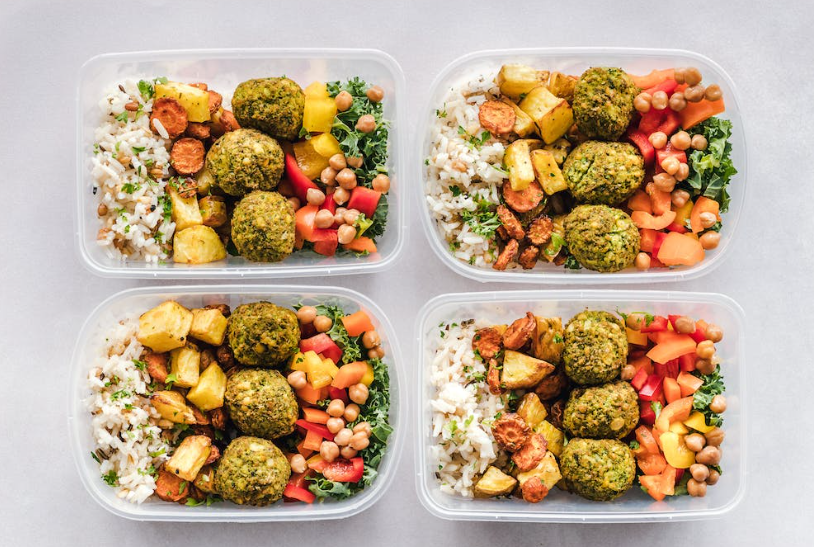
27 Nov Exploring the Environmental Impact of Food Packaging in Australia
In an era where environmental consciousness is at its peak, it’s crucial to explore various aspects contributing to ecological sustainability. Among these, food packaging plays a significant role, especially in a country like Australia known for its diverse culinary culture and stringent environmental policies. This article delves into the environmental impact of food packaging in Australia, highlighting innovative approaches and challenges.
The Importance of Sustainable Packaging
Sustainable packaging is no longer a choice but a necessity. Traditional food packaging, often made of plastics and non-biodegradable materials, poses a significant threat to the environment. In Australia, the movement towards sustainable packaging has gained momentum, driven by consumer awareness and regulatory measures. The goal is to reduce waste, minimise carbon footprint, and embrace materials that are recyclable, biodegradable, or compostable.
Innovations in Food Packaging
The Australian food industry has witnessed a surge in innovative packaging solutions. These include bioplastics made from natural materials like corn starch, sugarcane, and mushroom mycelium. Such materials not only decompose faster but also require less energy for production, reducing overall environmental impact. Additionally, the use of smart packaging technologies, like QR codes and temperature-sensitive labels, helps in reducing food waste, a significant environmental concern.
Another breakthrough is in the realm of sustainable Australian food packaging solutions. Companies are increasingly adopting packaging methods that align with Australia’s robust recycling systems, ensuring that the packaging life cycle contributes positively to the environment. These solutions range from reusable containers to packaging designs that require minimal material use, demonstrating a commitment to sustainability without compromising on the functionality and appeal of the packaging.
Challenges and Future Directions
Despite these advancements, the road to fully sustainable food packaging is fraught with a set of different challenges for the industry. The higher cost of eco-friendly materials can be a deterrent for small businesses. Additionally, there’s a need for widespread consumer education on recycling practices to ensure proper disposal of sustainable packaging.
Looking ahead, the focus should be on integrating circular economy principles into food packaging. This approach emphasizes the reuse and recycling of materials, thereby minimizing waste. Collaboration between government, industry, and consumers is vital in achieving this goal. Innovative funding models and incentives can encourage businesses to invest in sustainable packaging technologies.
Global Context and Learning
Understanding the global context is crucial for advancing sustainable food packaging practices. Countries around the world are grappling with similar issues and can offer valuable insights. For example, the use of biodegradable materials in food packaging has seen significant advancements in Europe, providing a model that Australian businesses and policymakers can learn from.
Conclusion: Here’s to a Sustainable Future
The journey towards sustainable food packaging in Australia is an ongoing process that demands innovation, collaboration, and commitment. By embracing eco-friendly materials, educating consumers, and looking at successful global practices, Australia can continue to be a leader in environmental sustainability. The shift to sustainable food packaging is not just a trend but a vital step towards preserving our planet for future generations.

Sorry, the comment form is closed at this time.